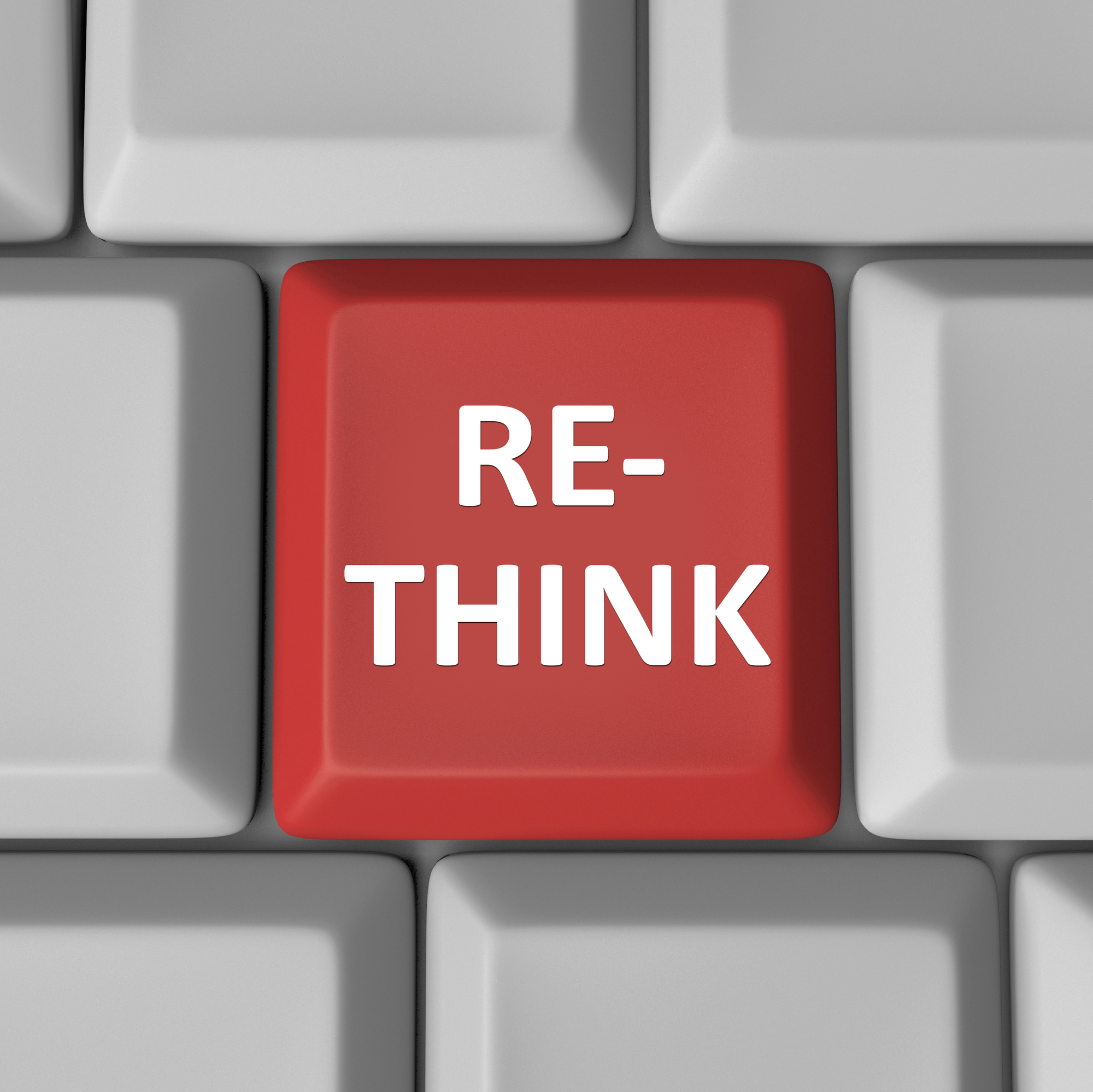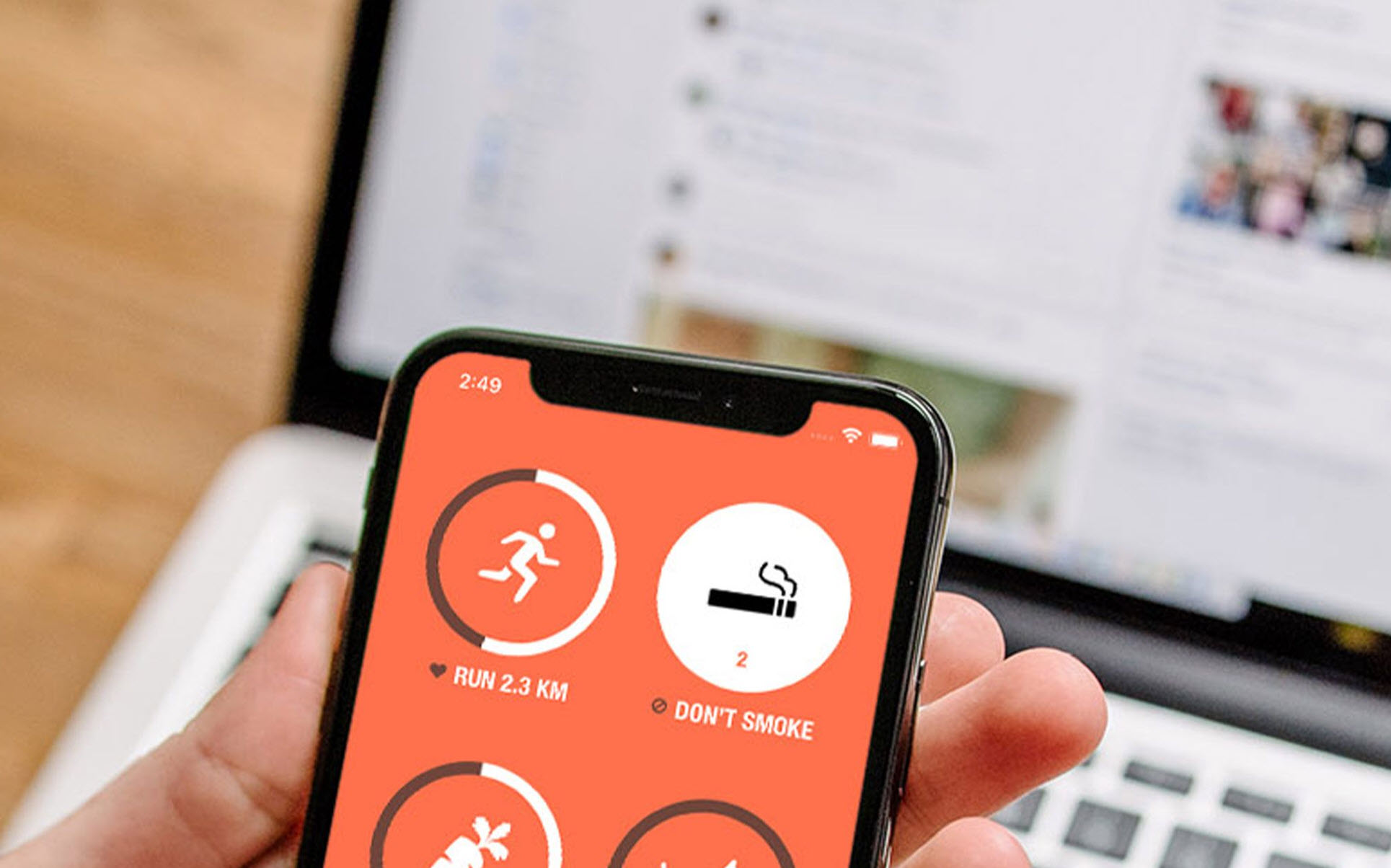Why do people struggle with consistency?
1. Lack of patience.
2. Lack of clarity and focus.
3. Not having supporting habits and triggers.
4. Having an "all or nothing" mindset.
Small disciplines repeated with consistency every day lead to outstanding achievements gained slowly over time.
We highly recommend the book titled “The Slight Edge” by Jeff Olsen.
A short, punchy, practical guide to the why, what and how of using simple daily disciplines to achieve breakthrough success – by serial entrepreneur, speaker and author, Jeff Olson.
The Slight Edge is a way of thinking, a way of processing information that enables you to make the daily choices that will lead you to the success and happiness you desire.
Learn why some people make dream after dream come true, while others just continue dreaming and spend their lives building dreams for someone else.
It's not just another self-help motivation tool you must learn in order to travel the path to success. Instead, it shows you how to create powerful results from the simple daily activities of your life by using tools that are already within you.
In the 8th anniversary edition, you'll read not only the life-changing concepts of the original book but also learn what author Jeff Olson discovered as he continued along the slight edge path: the Secret to Happiness and the Ripple Effect.
This edition of The Slight Edge isn't just the story, but also how the story continues to create life-altering dynamics—how a way of thinking, a way of processing information, can impact daily choices and lead you to the success and happiness you desire.
The Slight Edge is "the key" that will make all the other “how to” books and self-help information that you read, watch and hear actually work.
It’s easy to digest. It’s well structured. It’s packed with case studies, quotes and recommended reading.
What Is The Slight Edge?
The Slight Edge is the advantage you get from showing up and repeating simple positive daily disciplines in every area of life consistently over time.
It comes from the realisation that there’s no such thing as quick success. Difficult things take a little time. Impossible things take just a little longer. And waiting for things to fall in your lap only keeps you from taking the actions you need to create the results you want.
It’s based on the recognition that there is no such thing as luck. There is only preparedness meeting with opportunity. The more time you spend preparing, the more opportunities you can take advantage of and the more your luck increases.
Why Is The Slight Edge Important?
The Slight Edge is important because the compound effect is deceptively powerful. Simple daily disciplines repeated consistently over time lead to big positive results. On the other hand, simple errors in judgement lead to big negative results.
For example, a 1% improvement every day (1% + 1% + 1%…) for a year leads to a 3.7 times improvement. Meanwhile, a compounded 1% improvement (1 times 1.01 times 365) leads to a 38 times improvement.
Some people don’t know this, others do know it, but they give up too early. They either don’t believe that their simple daily disciplines are working, or as soon as they start seeing results, they stop making an effort; they try to coast on momentum.
But there’s no such thing as standing still. If you’re not moving up, you’re moving down. So as that momentum runs out, they start spiralling back towards failure.
At some point, it becomes clear that their upward momentum has run out, and they’re travelling back in the opposite direction.
At that point, they start putting in the effort again. Then, finally, they catch themselves, turn themselves painfully around and repeat the whole process.
The Slight Edge is vital because it helps you break out of this cycle; it’s the secret to achieving breakthrough success (and avoiding massive failure).
And the best part of this process is that the positive changes you make won’t just benefit you. Instead, they’ll ripple out into the world around you (also known as “The Ripple Effect”).
The Slight Edge benefits everyone.
Another life-changing book we recommend is “The Power of Habit” by Charles Duhigg.
“The power of habit” is a page-turning dive into the power and ubiquity of unconscious habits in shaping our decisions and destinies (plus a practical guide to changing them) – by Pulitzer Prize-winning journalist Charles Duhigg.
This book is perfect for you if:
You are under the illusion that you are in conscious control of most of your life.
You want to start a new habit but just can’t seem to make it stick.
You want to kick a bad habit but keep falling off the wagon.
Duhigg’s astonishing breadth of sources and Pulitzer worthy storytelling make this book a classic on the subject. From classical and sports psychology to rehabilitation programs, big business, government and cultural movements, Charles sets about demonstrating that habits dictate most of what goes on around us, whether we see them or not.
Most powerful of all, are the practical implications of Charles writing.
Anyone who knows firsthand the unstoppable destruction of craving and addiction can benefit from this book.
But so can people looking to make small, positive changes in their lives. Even CEOs and leaders of communities and societal change can benefit from its insights.
This book teaches us not just what habits, are, but also how to change them. What follows is the essence of its main points covered in this book.
The Anatomy of habit.
At some point, we notice that: Cue + Response => Reward.
Cues are combinations of stimuli (sight, smell, taste, touch, sound, thought).
Responses are chains of thoughts and/or actions.
Rewards are increases or decreases in pleasant or unpleasant sensations, emotions or thoughts.
As a result, we practice the response until it becomes a reliable and automatic habit.
Repetition triggers long-term changes to the brain’s structure.
Coordination becomes independent of conscious decision making.
With time, the brain begins to expect and crave the reward as soon as the cue arises.
Cravings emerge even before the habitual response takes place.
Even similar cues (near misses) can begin to trigger these cravings.
These cravings then begin to drive responses that deliver the reward.
Cravings are powerful enough to override even basic survival instincts.
Physical cravings are mostly short-lived (for example, nicotine in the bloodstream lasts for less than 100 hours).
On the other hand, the mental component tends to be much more powerful and enduring.
The roles of habit.
As individuals, we rely on habits to free up our limited conscious resources.
Our conscious attention and working memory are limited.
Yet we must respond to thousands of stimuli throughout the day.
We manage this by delegating most of our responses to the subconscious.
As companies, we rely on creating or changing the habits of our customers to sell our products.
Companies have become masters of understanding and manipulating habit cycles.
They understand cravings, create new ones and identify and exploit periods of change.
Understanding our own habit loops as individuals can help us spot and limit this manipulation.
As groups, we rely on habits (laws, processes, routines) to encourage sustainable cooperation.
Organisational habits reduce the time and cost of making decisions.
Good habits set clear common goals and rules for reward and punishment.
Poor habits leave accountability ambiguous and undermine cooperation.
As societies, we rely on habits to make major changes or movements sustainable.
Societal change moves initially through strong (friendships) and then weak (community) ties.
But sustaining this change requires deliberate, sustained effort while such changes disrupt “normal life”.
To make the movement self-sustaining, leaders must set new habits and sustain the campaign until these habits become the status quo.
The properties of habit.
Habits are prone to relapse.
Habits can’t be erased.
Habits result from structural changes in our brains.
Once formed, these structural changes decay very slowly.
They can only be overridden by conscious willpower or a new, deeper habit.
The subconscious always follows the path of least resistance.
But we can use willpower to override a habit with new behaviour.
Or to bridge the gap between a new habit and a deeper one.
But willpower is limited in capacity and endurance (like a physical muscle).
Cravings drive habits that reinforce themselves.
And cues can be persistent and out of our control.
Eventually, willpower can become overwhelmed, leading to relapse.
Habits Cascade Like Dominos
The outcomes of habits are often cues for other habits.
This is why changing just one “keystone” habit can have far-reaching effects.
It can eliminate cues for habits further down the chain.
It can establish cues that create new or trigger other, existing habits.
It creates a period of wider change and a sense of belief in change.
But not all habits are effective keystone habits.
Some habits are better positioned to trigger cascades than others.
Keystone habits are often those that foster change across many different areas.
For example,
Quitting smoking might not lead to starting running or improving your diet,
But starting running might encourage you to do both and more.
How to create a habit.
1. Identify the desired response.
Work on one new thing at a time.
New habits need willpower, and willpower is limited. So don’t bite off more than you can chew.
Remember, keystone habits may naturally trigger more change than you think.
Make it easy to follow through.
Plan, prepare and do what you can in advance to make the new response easy to complete.
For example, put gym clothes on for running and lay things out the night before for early rising.
2. Select a cue.
Choose one or more of the following to establish as a cue for your response:
Location
Somewhere unique that supports this habit (For example, a library for studying)
Timing
A regular time each day or week works best
Emotional state
What is the trigger for this new habit? Excitement? Anger? Anxiety?
Other people
Who will trigger the new habit? A spouse? a colleague? a friend?
Directly preceding sensation thought or action.
What series of steps will trigger this response? Is it another habit?
Visualise the cue and plan out and rehearse your exact response to it in your head.
3. Design some carrots.
Treat yourself.
Use something that makes you feel good, like a small piece of chocolate or chatting with friends.
However, be thoughtful about what new habits this reward itself might create.
Establish support networks.
Find one or more people to tackle the habit and/or check in with to keep you motivated.
Visualise your desired outcome and remind yourself of it often.
Write a clear visualisation of your end goal, print a photo, save a video etc.…
Track progress and celebrate small wins.
Small wins reinforce the behaviour and create a positive cycle of belief in change.
4. Set up some sticks.
Commit yourself to your new resolution on paper.
Those who write down resolutions are around 10 times more likely to complete them.
Track streaks of completed responses.
The threat of breaking a long streak is a simple yet powerful motivator.
Make a public commitment, especially to your weak ties (acquaintances and communities).
People whose opinion you care about but who are not so close that they won’t judge you if you fail.
5. Practice your new habit cycle every day for 30 days.
The structural changes that underlie habits are triggered only by extended, consistent practice.
How to change a habit
Caveat: There is no single formula to change a specific habit.
Every person has different cravings and drivers for the same routines or behaviours.
Some habits are simple to break down. Others are complex and require prolonged study.
Some habits can be changed quickly. Others are more obstinate.
1. Choose the existing response that you want to change.
For example, snacking, web browsing, smoking, waking up late, nail-biting, stuttering.
2. Experiment with rewards.
Rewards are often obvious in retrospect but hard to uncover.
For example, snacking mid-afternoon may be more about taking a break than the need for sugar.
Give yourself a few days, a week or even longer.
Don’t put yourself under pressure to change in this period. You are just collecting data.
Adjust your responses to test different rewards and determine the craving that is driving your routine.
For example, eat an apple instead of a cookie, take a break and socialise instead of snacking.
After the response, jot down the first three sensations, emotions or thoughts on your mind.
This creates momentary awareness. And helps with recall later.
Set a timer for 15 minutes.
Give the response and reward time to take effect.
Review your notes and ask yourself if you still feel the same urge.
If no: you have found the reward that satisfies your craving.
If yes: the reward is something else. Try again.
3. Isolate the cue.
Like rewards, cues are often obvious in retrospect but hard to uncover.
Each time you feel the craving arise, make a quick note.. of:
Where you are
What time it is
How you feel
Who else is around
What you’ve just been doing or thinking about
Review your notes for patterns to identify the cues for your craving.
For example, craving to take a break takes place between 3 pm and 4 pm.
Many cues are directly within our control.
The quickest way to stop a response is to simply eliminate the cue. For example, block websites, delete apps, disable notifications, end relationships.
Eliminating cues is powerful because it requires no willpower.
If you can’t eliminate the cue, design an alternative response that delivers the same reward.
Some cues are not possible or practical to eliminate—for example, times of day, location of work, colleagues.
Periods of major external change and crisis can uproot even old and entrenched habits
These periods give us and others a licence to shake up old habits and act in new ways.
Major external changes include: starting a new school, getting married, moving home, changing jobs, having a child.
Crises include. health scares, bankruptcy, accidents or near misses, global financial crises.
Fabricating or artificially prolonging a sense of crisis can be useful when promoting change in yourself and others.

Ways to Rethink Consistency. Developing consistency doesn’t need to be difficult - it simply requires a shift in your thinking. Following are some ideas...

The value of consistency is often greatly underestimated. You can accomplish anything you want in life if you have the right strategies and take...

Here are a few things that may help you to become more consistent: 1. Have goals you want to achieve. 2. Allocate time every...